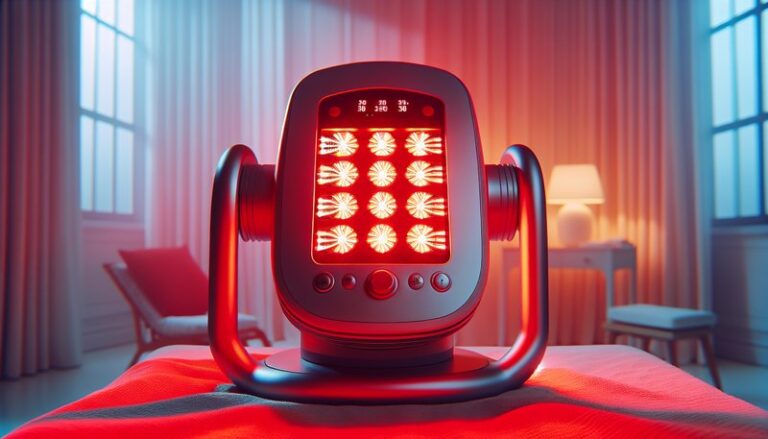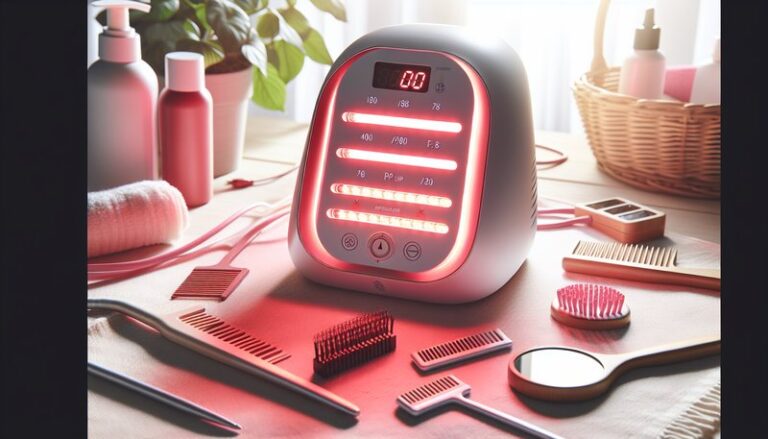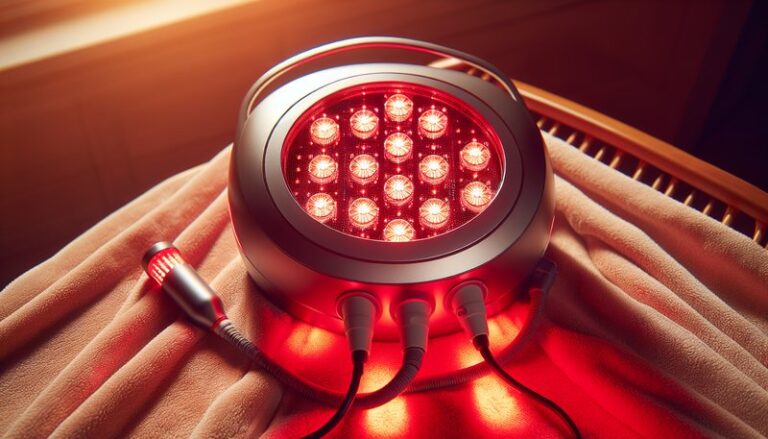What Does Red Light Therapy Help With?
Are you curious about the potential benefits of red light therapy? This non-invasive treatment is gaining popularity for its wide-range applications in health and wellness.
In this article, we will explore what red light therapy is, its benefits, common applications, considerations before starting treatment, alternative therapies, and answer frequently asked questions. Whether you’re looking to alleviate pain, improve skin conditions, or recover faster from exercise, red light therapy might be worth considering.
Key Takeaways
- Red light therapy is a safe and non-invasive treatment that utilizes specific wavelengths of light to promote healing.
- It offers various benefits, including pain relief, improved skin health, and enhanced muscle recovery.
- Understanding the considerations and alternatives can help you make an informed decision about incorporating red light therapy into your wellness routine.
What is Red Light Therapy?
Red light therapy, also known as low-level laser therapy (LLLT) or photobiomodulation, involves the use of specific wavelengths of light—typically red and near-infrared light—to penetrate the skin and stimulate cellular activity. This process can help promote healing, reduce inflammation, and improve overall health.
Get the full context in Can Red Light Help Psoriasis?
Historically, red light therapy has its roots in the use of light for healing, dating back to ancient civilizations that utilized sunlight for its therapeutic effects. In recent decades, technological advancements have led to the development of devices that emit controlled red light, making this therapy accessible for a wide range of applications, from clinical settings to home use.
What are the Benefits of Red Light Therapy?
Numerous studies highlight the benefits of red light therapy, making it an appealing option for various health issues.
Pain Relief
Red light therapy is widely recognized for its ability to alleviate pain. It works by enhancing mitochondrial function in cells, which boosts energy production and promotes healing, thereby reducing pain sensations. Many users have reported significant improvements in chronic pain conditions, such as arthritis and back pain.
Skin Health
This therapy is beneficial for skin rejuvenation, reducing wrinkles, and treating acne. Red light can promote collagen production, leading to improved skin texture, elasticity, and overall appearance. Many skincare professionals incorporate red light therapy into their treatments for its anti-aging benefits.
Muscle Recovery
Athletes and fitness enthusiasts often use red light therapy to enhance muscle recovery. By increasing blood circulation and reducing inflammation, it helps shorten recovery times after intense workouts. Studies show that regular treatment can lead to improved performance and reduced muscle soreness.
Wound Healing
Red light therapy has shown effectiveness in speeding up wound healing. It aids in the regeneration of tissue by promoting cell proliferation and collagen synthesis, making it a valuable tool in post-surgical recovery and treating chronic wounds.
Mood Enhancement
Emerging research suggests that red light therapy may also have positive effects on mood and mental well-being. The light exposure can influence serotonin levels, potentially helping with seasonal affective disorder (SAD) and other mood-related issues.
Is it Possible to Integrate Red Light Therapy into My Routine?
Integrating red light therapy into your wellness regimen is not only possible but also convenient. Various devices, such as handheld lasers, panels, and masks, are available for home use, allowing individuals to receive treatment at their convenience.
What are the Advantages of Using Red Light Therapy at Home?
Using red light therapy at home offers several advantages:
- Convenience: Home devices allow users to enjoy therapy at their schedule without the need for appointments.
- Cost-Effective: Over time, using a home device can be more economical than regular visits to a professional clinic.
- Comfort: Many individuals may feel more comfortable using therapy at home, allowing for relaxation and personalization.
What are the Disadvantages of Using Red Light Therapy at Home?
Despite its advantages, there are also considerations for home use:
- Device Quality: Not all devices are created equal, and lower-quality options may not deliver effective wavelengths needed for desired results.
- Lack of Professional Guidance: Without professional supervision, users may misjudge the treatment duration or intensity.
- Safety Concerns: There may be risks if the device is used improperly, so understanding the device guidelines is crucial.
What are the Things to Consider Before Starting Red Light Therapy?
Before embarking on red light therapy, it’s essential to consider certain factors to ensure safe and effective treatment.
Consult with a Healthcare Professional
Always speak to a healthcare provider before starting treatment to ensure it’s suitable for your individual health needs. This is especially important for those with existing medical conditions or those taking medications.
Choose the Right Device
Selecting a high-quality device is critical. Research thoroughly to find reputable brands known for their efficacy and safety in red light therapy.
Determine Treatment Goals
Define your objectives for using red light therapy—whether it’s for pain relief, skincare, or muscle recovery—so you can tailor your treatment plan accordingly.
Be Mindful of Duration and Frequency
Understanding the recommended duration and frequency of sessions is key to achieving optimal results. Overusing the therapy can lead to diminishing returns or skin irritation.
What are the Alternatives to Red Light Therapy?
In addition to red light therapy, several alternative treatments may offer similar benefits for various health issues.
Infrared Saunas
Infrared saunas utilize infrared light and heat to promote relaxation, pain relief, and detoxification. They offer a soothing experience with similar healing properties.
Cold Laser Therapy
Cold laser therapy uses low-level lasers or light-emitting diodes (LEDs) to alleviate pain and promote healing. It’s often used for orthopedic and sports injuries, providing a different form of light therapy.
Ultrasound Therapy
This therapy uses high-frequency sound waves to promote healing in tissues and alleviate pain. It’s commonly used in physical therapy and sports medicine.
Massage Therapy
While different in approach, massage therapy can aid in pain relief and muscle recovery, providing physical benefits that complement red light therapy.
Conclusion: Is it Recommended to Try Red Light Therapy?
Red light therapy stands out as a versatile and effective treatment option for a range of physical issues, from skin health to muscle recovery. Given its non-invasive nature and broad applications, it is recommended for those looking to enhance their overall wellbeing, provided proper precautions are taken.
Get all the info in Red Light Therapy Frequency for Face
Frequently Asked Questions
Is red light therapy safe?
Yes, red light therapy is generally considered safe for most individuals. However, it is advisable to consult with a healthcare professional before starting treatment, especially for those with specific health concerns.
How often should I use red light therapy?
The ideal frequency depends on individual goals and the device used. Most people benefit from 2-3 sessions per week, but users should follow the manufacturer’s guidelines.
Can I use red light therapy on my face?
Yes, red light therapy can be safely applied to the face as it promotes collagen production and improves skin conditions. However, it is crucial to use devices specifically designed for facial use to avoid any adverse effects.
How long do sessions typically last?
Most red light therapy sessions last between 10 to 30 minutes, depending on the device and treatment area. Users should follow specific instructions outlined for their chosen device.
Are there any side effects of red light therapy?
Side effects are rare, but some individuals may experience slight redness or irritation in the treated area. Always use the device as directed to minimize risks.






